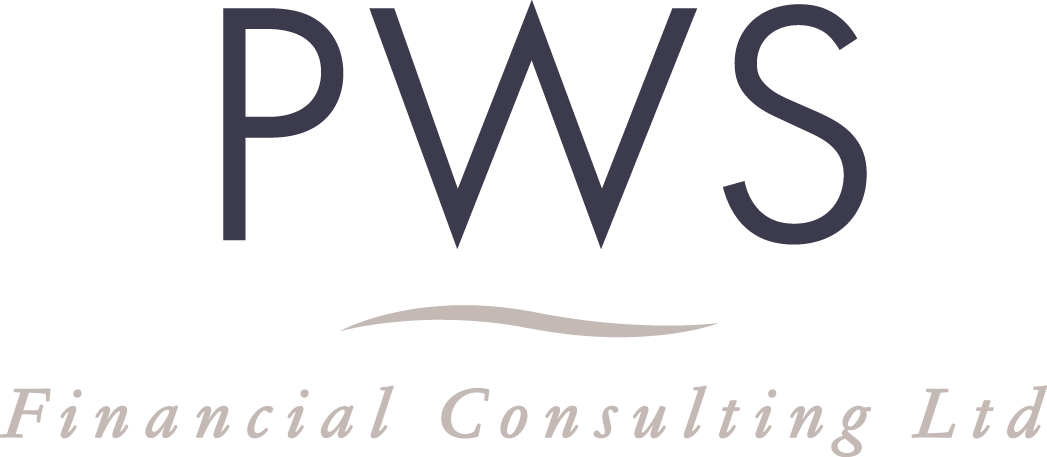What is an equity (or share)?
An equity (or share) represents ownership of part of a company. This gives you a right to your share of any dividends paid and a claim on the company’s assets. Returns from equities come from changes in the price of the shares and dividends paid out.
Are all equities the same?
No, they are not, as one company may have vastly different characteristics from another. A company’s size, sector and firm-specific strategy will vary, as will the markets in which they operate. Whether a company’s shares are relatively “cheap” or “expensive”, may also result in different risk and return characteristics. Broadly, smaller companies behave differently from larger companies. Also, relatively cheap stocks, scaled by a fundamental metric, behave differently to relatively expensive companies. Likewise, developed market companies face different challenges and risks compared to companies domiciled and operating in emerging economies.
Some groups of stocks provide the opportunity for higher expected returns. This is due to the higher risks they exhibit (as a group). These differences in characteristics also provide the potential of spreading risk better and enhancing returns.
What is a bond?
A bond is an IOU. This is provided in return for a loan made to a government or company. The loan has an agreed rate of interest and a promise of repayment at a specific date in the future. Bonds are also referred to as ‘fixed interest’ securities, for this reason.
Once issued, bond prices move in response to changes in the market rate of interest (yields). Yields may move due to general economic conditions. Rising inflation is one, and this tends to push up all bond yields (interest rate risk). The companies’ ability to meet its interest and debt repayment obligations (credit risk) is another.
When bond interest rates (yields) rise, bond prices fall, and vice versa.
Are all bonds the same?
Absolutely not.
In fact, bonds range from risk-free deposits, such as bank accounts, to equity-like ‘high-yield’ bonds. How long you lend for, and who you lend to, matters.
The longer you lend for, the more a bond’s price will move when yields change. The lower the quality of the borrower, the higher the interest you receive. Unfortunately, when times are hard these borrowers are less likely to be able to pay you back. Investors tend to sell their bonds or demand higher yields, driving prices down.
Consequently, they are poor diversifiers of equity risk. This is the primary reason for owning bonds for most long-term investors in the first place. The lower the quality of the borrower, the more equity-like the characteristics of the bonds they issue (and investors own). Our very general rule is that if you want equity-like risk, own equities.
What are REITs?
REITs (Real Estate Investment Trusts) are companies that invest in commercial property assets that are owned primarily for rental income.
REITs listed on global stock exchanges provide investors with liquid access to underlying illiquid commercial property assets. This is in stark contrast to ‘bricks-and-mortar’ property funds. They must sell buildings to meet the liquidity demands of fund investors. You may have read that many such funds have been suspended over the last few years as they struggle to offer daily liquidity. This is down to it taking weeks or months to sell the underlying properties within the fund. That is why we prefer REITs.
Several hundred REITs exist around the world. They provide diversified access to commercial property by geography, property sector, manager strategy. Overall they hold tens of thousands of individual properties. Each REIT can be thought of as an individual property fund, thereby providing broad diversification when owned as part of a broadly global REIT fund.
You can find more about how we decide how to spread a portfolio across these “asset classes” here.
What are funds?
A fund is an investment that pools together money from lots of individuals. The fund manager then invests the money in one or more of the above assets (Equities, Bonds, or Property).
Investing in funds gives you a cost-effective way to spread your risk. For example, to hold a share portfolio where you have spread your risk across sectors and different markets, would involve buying thousands of different companies. This would incur a high level of trading costs. You could get the same result much more cost-effectively by buying one or more equity-based funds.
You can find more about our approach to choosing funds here.
If you want to talk about this, feel free to book a free no-obligation chat here.





